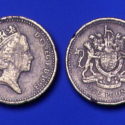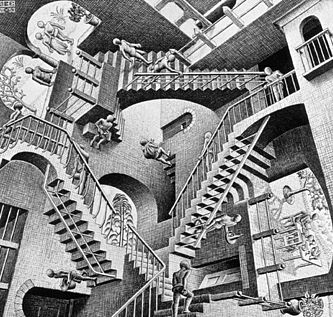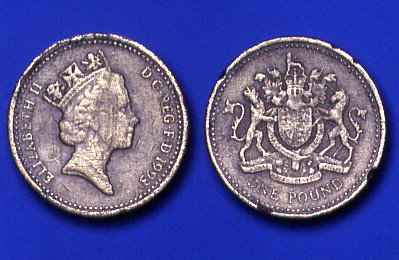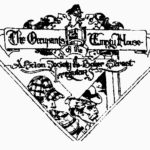A Scion Society of The Baker Street Irregulars

A Conversation Pertaining to Aspects Concerning Counterfeiting of Coins in Victorian England.
“… the counterfeiter stands in a class by himself as a public danger.”
– The Adventure of the Three Garridebs (3GAR)
 Writers are known, if not lauded, for their imaginations. Doyle’s imagination was in full form during his creation of The Adventure of the Engineer’s Thumb. The house / rooms / press descriptions were nothing short of an Esher sketch. The concept of an entire house created to stamp coinage while disguising the activity is inspired, yet, impractical in the extreme.
Writers are known, if not lauded, for their imaginations. Doyle’s imagination was in full form during his creation of The Adventure of the Engineer’s Thumb. The house / rooms / press descriptions were nothing short of an Esher sketch. The concept of an entire house created to stamp coinage while disguising the activity is inspired, yet, impractical in the extreme.
The objective in counterfeiting is to make money in the endeavor, not to go bankrupt in its exception. High end counterfeiting of coin in the 19th century involved fabricating a metal stamp rendering the likeness of the coin from which metal pressings are made. Two passes, front and back, stamp out the product – imperfections and all. The economics of the operation necessitate spending no more time and material on the creation of the stamps than necessary (the stamps will require constant replacement). Once a “product” acquires a level of “name-recognition within a community (i.e. vendors can spot the imperfections) one must move on. Even “perfect” coins would not possess the same “feel” (texture, look or weight) since duplication of the exact metal composition would simply cost more than could be acquired from any transaction.
Almost all counterfeiting of the time involved crude fabrication using casts made from impression or molds. The operation was much the practice of “slight of had” as craftsmanship. A good coin would be palmed and replaced by its dubious sibling in a transaction. Those less skilled in the art would focus their attention on those “worse for drink” for the passing of a false coin. Gold or silver plating “coppers” was another common practice. Just keep your “customers” attention away from any attempt at inspecting the product.

Currently it is known that approximately 1% of all UK pound coins in circulation are forgeries. To put a rough estimate on it, this means that there are 16,000,000 of them out there just waiting for you!!!
High end operations, as described by Doyle, were never really attempted for coinage. Too much cost for too little benefit. A few hundred “high-end” coins could be produced before the market became saturated. Those operations would fit comfortably in a cellar, and were mobile, permitting one to move on in a timely manner.
The “top-tier” coin counterfeiters of the time specialized in “collectibles.” Greek and Roman coins were in vogue. What proper Victorian house would not like the prestige of a fine collection of coinage from the time of Alexander, Augustus, Cleopatra and Homer? The metallurgy could not be duplicated and the sculptural imagery be rendered exact. The best found their way into museums where they reside even today. A single coin could fetch a year’s wages with no real risk to the enterprise.
The best-of-the-best were these “specialty” counterfeiters these patrons were the rich-and-famous of the day. Some experts place these Victorian counterfeits as compromising up to one-third of national collection holdings. It says a lot that even today “no one knows for sure.”
 Dr. David Bensley has been a member of “The Occupant of the Empty House” since 1986. He and his wife Janet are responsible for so many creative projects and articles for the scion.
Dr. David Bensley has been a member of “The Occupant of the Empty House” since 1986. He and his wife Janet are responsible for so many creative projects and articles for the scion.
Originally published in the November 2016 issue of The Camden House Journal (Volume 38, Number 11), a publication of The Occupants of the Empty House in southern Illinois.
A tip of the hat to the 13th Garrideb, Peter E. Blau, for making us aware of this article. Thanks to William Cochran, editor of the CHJ, and to Dr. Bensley for their permission to reprint the article here.
